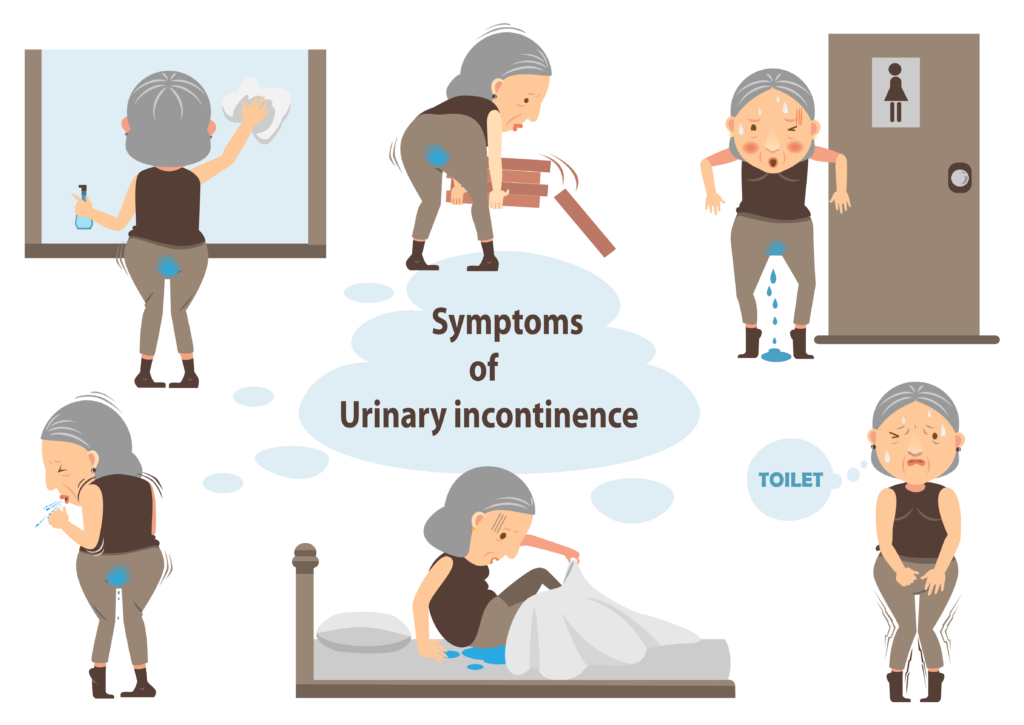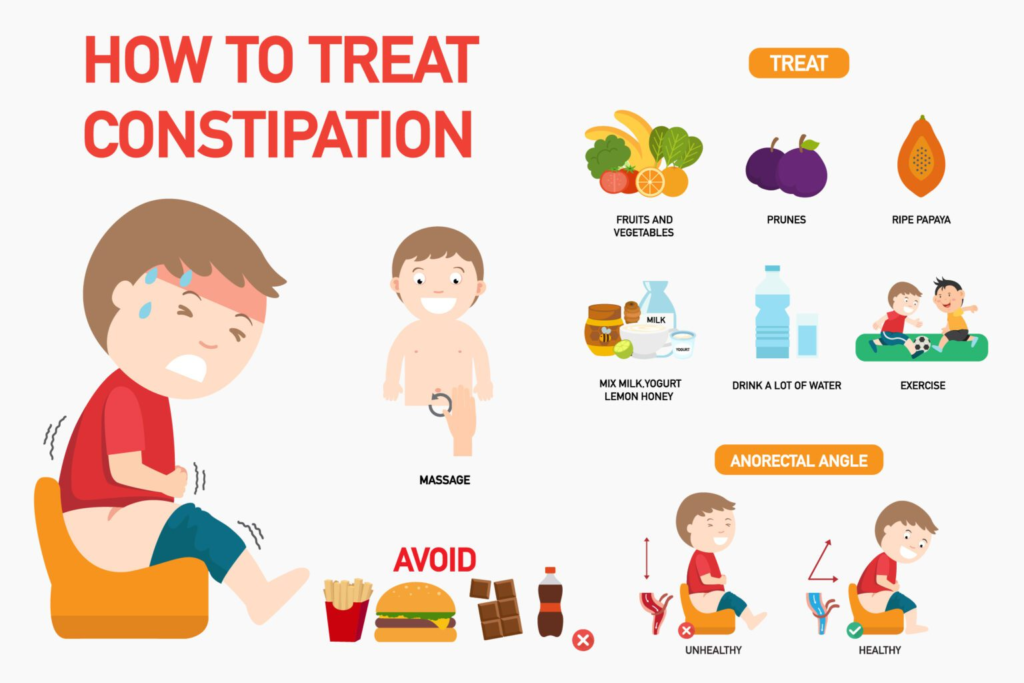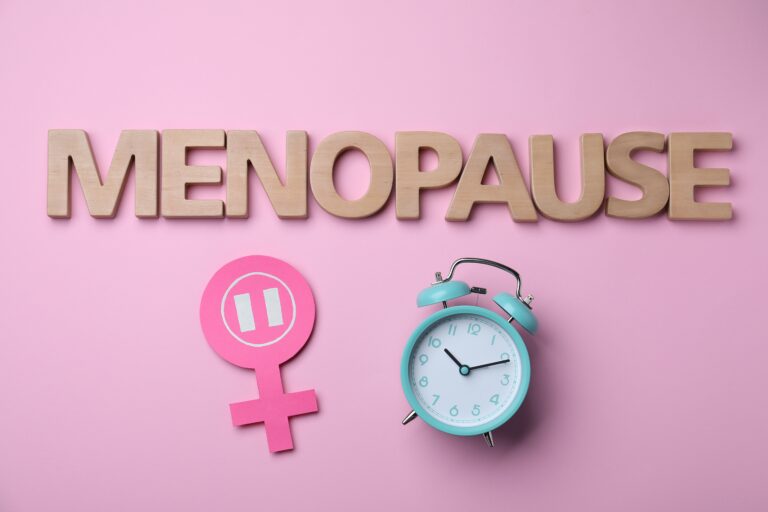Tips to Manage Urinary Incontinence

Urinary incontinence is a common and often embarrassing, condition. Although not life-threatening, it can significantly affect every aspect of a person’s life — from social and family relationships, work, finances, psychological health and sexual health. Urinary incontinence is the loss of bladder control. This condition can affect both men and women and can occur at all ages and the risk increases with age. About 25% to 45% of adult’s experience incontinence at some point in their lives.
Managing involuntary leakage of urine can be frustrating and time-consuming. On this week’s posting, we share with you tips to manage urinary incontinence.
1. Follow a fluid schedule

Try to keep fluid intake on a schedule to help retrain the bladder on when to fill and when to empty. Also, limit fluid intake after 6 p.m. to reduce night urination. Consuming too little fluid during the day can concentrate the urine and irritate the lining of the bladder, whereas too much fluid can increase frequency, leakage and night-time trips.
2. Limit common bladder irritants

Bladder irritants such as caffeine, alcohol and high-citrus content fruits or drinks can make symptoms worse. Many can reduce or even eliminate symptoms by avoiding common irritants. Tobacco also irritates the bladder lining in addition to increasing bladder cancer risk.
3. Plan a toileting schedule

Plan toileting attempts at least every 2-3 hours during the day. Normal bladder behavior is to urinate 6-8 times per day, along with emptying the bladder before changing into new clothes, leaving home or before going to bed. A schedule helps prevent your bladder from becoming too full, resulting in a rush to find a washroom.
4. Do pelvic floor exercises

Strengthening the muscles of the pelvic floor with Kegel exercise can reduce urinary incontinence by as much as 90%.
5. Manage constipation

Infrequent or difficult-to-pass stools will increase pressure in the pelvis and the bladder. Eat a diet rich in fiber, drink adequate amounts of water, exercise and maintain a healthy elimination pattern to prevent constipation.
Reference:
National Library of Medicine. Management of Urinary Incontinence.







